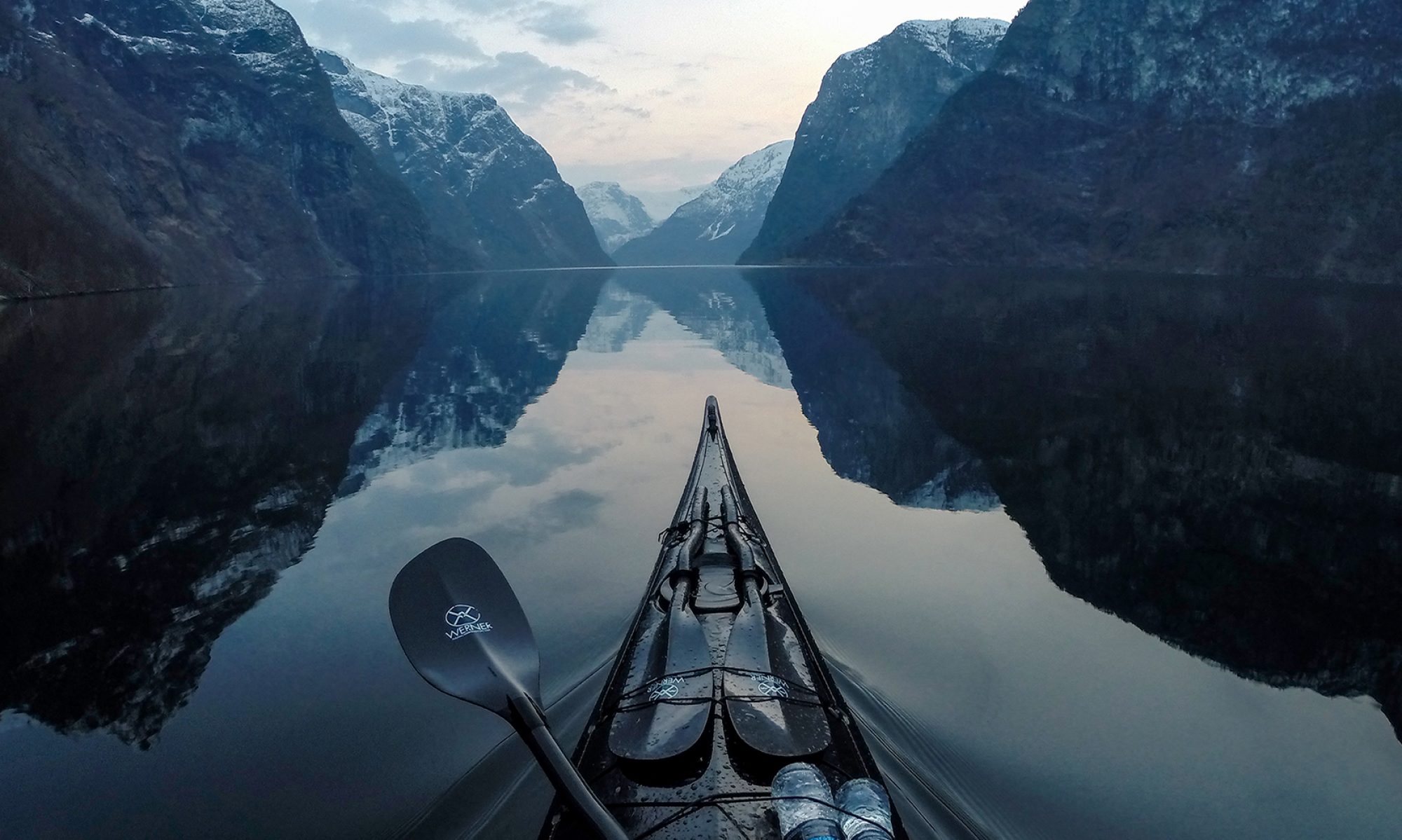Pathogens and the Loss of the Buffering Effect
If you view the manner in which humans have inhabited the Earth, you can see it as a monoculture. This, as is discussed in the video, is the problem where the absence of organisms diversity leads to conditions where pandemics can occur wiping out entire populations of the impacted species. Is the answer setting aside vast areas of the Earth to be wild, free from human habitat? Is that any sort of guarantee that humans will remain pandemic free? The separation can never be complete. Why do we deny the fact that we are nature and meant to live embedded amongst a diversity of species? Maybe our designed habitat needs to change. Let us consider an end to anthropocentrism and a shift to ecocentrism or biocentrism or biosynergism. Something like that. [Note: new study shows wild habitat loss increases transmission of zoonotic diseases to humans.]
Planting trees to save the planet!
Calexit
I have long been an advocate for California’s secession from the union. Recently some pro-secession folks hired a mariachi band to play in front of an ICE director’s McMansion.
XR America & Chris Hedges: The Moral Imperative to Rebel
While Chris Hedges is considered far too radical by many, he has keen insights into the whys and wherefores of our present predicament. By sharing this interview on my blog, I am not endorsing XR America. Apparently Extinction Rebellion has had a bit of a schism in the USA due to either immature, megalomaniacal leadership and/or state subterfuge. Regardless, the interview with Chris stands on its own merit. Highly recommended!
Farmers Build Fire Resilience

Having a background in both agriculture and disasters led me to develop course materials for an on-line course for farmers and ranchers on how to prepare for, mitigate against, respond to, and recover from, projected increased incidents of wildfire. While the course was inspired by the record-setting conflagrations in northern California of 2017-2018 which impacted small farmers and ranchers, attendees are from a number of states and Canada.
“Coronavirus Capitalism”: Naomi Klein’s Case for Transformative Change Amid Coronavirus Pandemic
The Promise of Biomimicry
Becoming a Spokesperson on Deep Adaptation

Christian Stalberg, human habitat relocalization and biomimicry evangelist in the Sierra Nevada of California, USA. Professional backgrounds in: energy efficient buildings; disaster readiness; villagification; farming; appropriate technology; telecomputing; construction; cooperatives; intentional communities and ecovillages. “Because of climate chaos, we are all vulnerable to lifeline (e.g. food, water, energy) failures, and should be prepared.”
– from Source a Spokesperson on Deep Adaptation by Jem Bendell
Bolivia
I have a special relationship with Bolivia having been there five times over the years, courtesy of the Partners of the Americas and Fulbright programs. The situation in Bolivia today is a complicated one and it has been instructive for me to witness the mis- and disinformation generated from recent events there in recent weeks following the national election. In today’s saturating infosphere, separating fact from fiction, and truths from untruths, is no small job. This is especially difficult given the manipulative and coercive power of weaponized information, combined with the increasing absence of critical thinking in our culture. One must remain vigilant and open minded, always seeking truth and facts so as to not find oneself inadvertently having adopted hard-line positions on either the Left or the Right. Typically, upon closer examination, you will find elements of the truth to be found on both sides and the truth, my dear, will set you free (from deception and ignorance).
Given the capitalist’s and imperialist’s dominance of mass media in the world today, I feel it is important to lift up powerful voices that are being silenced and ignored (and in this case, also demonized) by the powers that be. It is in this spirit that I want to share this recent interview with the (now deposed) president of Bolivia Evo Morales. Listen closely with an open mind, you might learn something.
